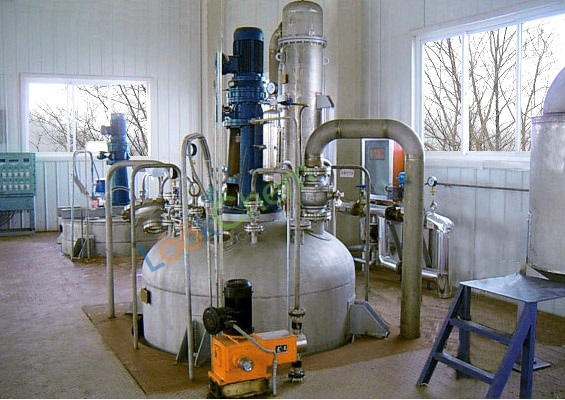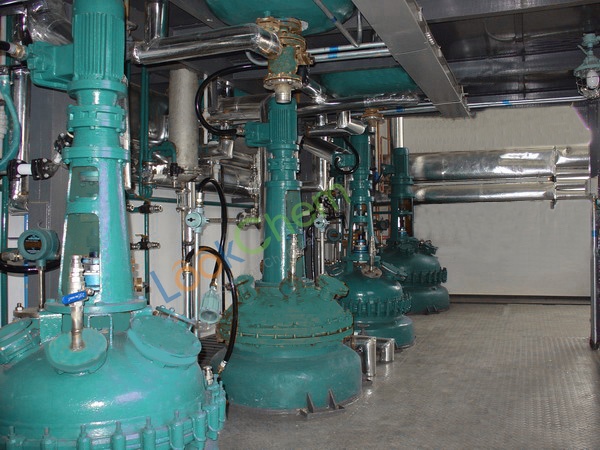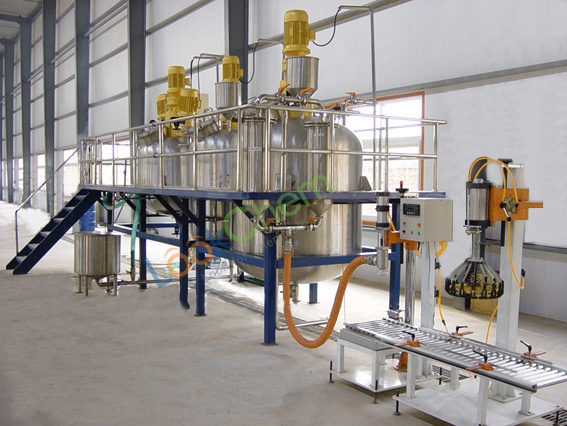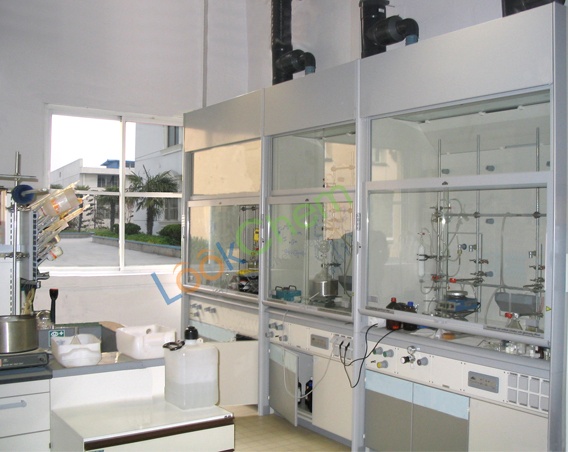Triacetin msds
- Product Details
- Company Profile
Triacetin (CAS No.: 102-76-1) msds detailed information are provided by Hangzhou Chemfar Ltd., which has more than 20 years' experience focused on providing integrated development and manufacturing service to the pharmaceutical and fine chemical industry.
1. PRODUCT AND COMPANY IDENTIFICATION
Product name: Triacetin
2. HAZARDS IDENTIFICATION
Emergency Overview
OSHA Hazards
No known OSHA hazards
GHS Label elements, including precautionary statements
Potential Health Effects
Inhalation: May be harmful if inhaled. May cause respiratory tract irritation.
Skin: May be harmful if absorbed through skin. May cause skin irritation.
Eyes: May cause eye irritation.
Ingestion: May be harmful if swallowed.
3. COMPOSITION/INFORMATION ON INGREDIENTS
Synonyms:
1,2,3-Triacetylglycerol
1,2,3-Triacetoxypropane
Glycerol triacetate
Formula: C9H14O6
Molecular Weight: 218.2 g/mol
4. FIRST AID MEASURES
General advice
Consult a physician. Show this safety data sheet to the doctor in attendance.
If inhaled
If breathed in, move person into fresh air. If not breathing, give artificial respiration. Consult a physician.
In case of skin contact
Wash off with soap and plenty of water. Consult a physician.
In case of eye contact
Flush eyes with water as a precaution.
If swallowed
Never give anything by mouth to an unconscious person. Rinse mouth with water. Consult a physician.
5. FIRE-FIGHTING MEASURES
Suitable extinguishing media
Use water spray, alcohol-resistant foam, dry chemical or carbon dioxide.
Special protective equipment for fire-fighters
Wear self contained breathing apparatus for fire fighting if necessary.
6. ACCIDENTAL RELEASE MEASURES
Personal precautions
Use personal protective equipment. Avoid breathing vapors, mist or gas.
Environmental precautions
Do not let product enter drains.
Methods and materials for containment and cleaning up
Soak up with inert absorbent material and dispose of as hazardous waste. Keep in suitable, closed containers for disposal.
7. HANDLING AND STORAGE
Precautions for safe handling
Normal measures for preventive fire protection.
Conditions for safe storage
Keep container tightly closed in a dry and well-ventilated place.
8. EXPOSURE CONTROLS/PERSONAL PROTECTION
Contains no substances with occupational exposure limit values.
Personal protective equipment
Respiratory protection
Where risk assessment shows air-purifying respirators are appropriate use a full-face respirator with multi-purpose combination (US) or type ABEK (EN 14387) respirator cartridges as a backup to engineering controls. If the respirator is the sole means of protection, use a full-face supplied air respirator. Use respirators and components tested and approved under appropriate government standards such as NIOSH (US) or CEN (EU).
Hand protection
Handle with gloves. Gloves must be inspected prior to use. Use proper glove removal technique (without touching glove's outer surface) to avoid skin contact with this product. Dispose of contaminated gloves after use in accordance with applicable laws and good laboratory practices. Wash and dry hands.
Eye protection
Use equipment for eye protection tested and approved under appropriate government standards such as NIOSH
(US) or EN 166(EU).
Skin and body protection
impervious clothing, The type of protective equipment must be selected according to the concentration and amount of the dangerous substance at the specific workplace.
Hygiene measures
Handle in accordance with good industrial hygiene and safety practice. Wash hands before breaks and at the end of workday.
9. STABILITY AND REACTIVITY
Chemical stability
Stable under recommended storage conditions.
Conditions to avoid
no data available
Materials to avoid
Strong oxidizing agents
Hazardous decomposition products
Hazardous decomposition products formed under fire conditions. - Carbon oxides
11. TOXICOLOGICAL INFORMATION
Acute toxicity
LD50 Oral - rat - 3,000 mg/kg
LD50 Dermal - rabbit - > 2,000 mg/kg
Skin corrosion/irritation
no data available
Serious eye damage/eye irritation
Eyes - rabbit -
Respiratory or skin sensitization
no data available
Germ cell mutagenicity
no data available
Carcinogenicity
IARC: No component of this product present at levels greater than or equal to 0.1% is identified as probable, possible or confirmed human carcinogen by IARC.
ACGIH: No component of this product present at levels greater than or equal to 0.1% is identified as a carcinogen or potential carcinogen by ACGIH.
NTP: No component of this product present at levels greater than or equal to 0.1% is identified as a known or anticipated carcinogen by NTP.
OSHA: No component of this product present at levels greater than or equal to 0.1% is identified as a carcinogen or potential carcinogen by OSHA.
Reproductive toxicity
no data available
Specific target organ toxicity - single exposure (Globally Harmonized System)
no data available
Specific target organ toxicity - repeated exposure (Globally Harmonized System)
no data available
Aspiration hazard
no data available
Potential health effects
Inhalation: May be harmful if inhaled. May cause respiratory tract irritation.
Ingestion: May be harmful if swallowed.
Skin: May be harmful if absorbed through skin. May cause skin irritation.
Eyes: May cause eye irritation.
Signs and Symptoms of Exposure
To the best of our knowledge, the chemical, physical, and toxicological properties have not been thoroughly investigated.
Additional Information
RTECS: AK3675000
12. ECOLOGICAL INFORMATION
Toxicity
Toxicity to fish
Toxicity to daphnia
LC50 - Pimephales promelas (fathead minnow) - > 165 mg/l - 96 h
EC50 - Daphnia - > 811 mg/l - 48 hand other aquatic
invertebrates.
Persistence and degradability
no data available
Bioaccumulative potential
no data available
Mobility in soil
no data available
PBT and vPvB assessment
no data available
Other adverse effects
no data available
13. DISPOSAL CONSIDERATIONS
Product
Offer surplus and non-recyclable solutions to a licensed disposal company.
Contaminated packaging
Dispose of as unused product.
Verified Supplier
Hangzhou Chemfar Ltd.
- Country:
 China (Mainland)
China (Mainland) - Year Established: 2002
- Business type: Other
- Integral:


Contact Details|Similar Products

Escrow ServiceMore
Secure Your Orders With escrow More Transparency,Less Uncertainty


 Add to inquiry cart
Add to inquiry cart









